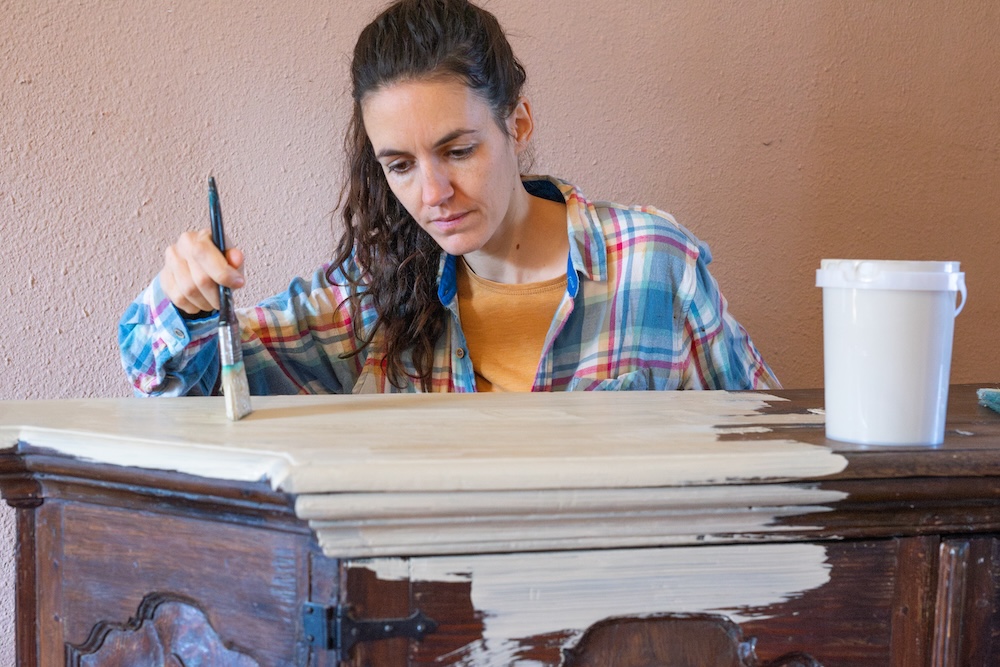Transforming your home often involves more than aesthetics—it can also become a powerful act of sustainability. Here’s why reusing and repurposing materials like cabinets, doors, windows, rugs, and fixtures is both smart and responsible.
1. Reduce Waste & Landfill Overload
- In the U.S., construction and demolition (C&D) waste accounts for a staggering 600 million tons per year—that’s over 40% of total solid waste.
- Demolition alone generated around 567 million tons in 2018, making up about 90% of C&D debris found in landfills .
- Globally, C&D waste is projected to reach 2.2 billion tons annually by 2025, representing 30–40% of solid waste worldwide.
Every time you salvage even a small piece—like a vintage door or light fixture—you’re helping alleviate this environmental burden.
2. Fight Raw Material Overuse and Pollution
- The construction industry consumes vast amounts of raw materials—40% of global raw material extraction and 40% of GHG emissions are attributable to buildings.
- Manufacturing new materials like steel and cement is carbon-intensive. Steel contributes about 7–9% and cement another 8% of global carbon emissions.
- Reusing materials means fewer new resources are extracted, processed, or transported—saving energy and reducing pollution.
3. Financial & Social Benefits
- Reclaimed materials often cost 20–80% less than new, with items like reclaimed concrete saving around 20–30%.
- For every 1,000 tons of recyclables processed, 6–13 jobs are created—compared to fewer than one job per 1,000 tons for landfill disposal.
- In 2018, 76% of U.S. C&D waste was recovered or recycled, translating into nearly 175,000 jobs..
- Hand‑deconstruction (salvage-style) can create 6–8 times more jobs than traditional demolition.
4. Support the Circular Economy
- Rather than the linear “take‑make‑waste” model, reusing materials embraces a “circular economy”—where goods are kept in use as long as possible.
- Globally, implementing circular strategies in five major industries (cement, steel, plastics, aluminum, food) could cut emissions by 9.3 billion metric tons—almost half of current transport emissions.
- Sustainable deconstruction—taking buildings apart for reuse—diverts 85% less material from landfills and sets a precedent for creative reuse.
5. Preserve Heritage & Design Value
- Architectural salvage injects character and authenticity into new spaces. Take inspiration from “spolia” in ancient Rome—where old building elements were repurposed in new structures—not just for economy, but cultural continuity.
- Adaptive reuse helps maintain architectural heritage, transforming old factories, barns, and warehouses into homes or studios while reducing the need for demolition .
How to Refurbish Responsibly
- Inspect Thoroughly: Check for rot, mold, pests, and structural weaknesses—especially in older wood or textiles.
- Plan for Functional Upgrades: Ensure reused items meet current standards (e.g. electrical safety, insulation).
- Refinish Thoughtfully: Strip old finishes safely, refinish with eco-friendly stains or paints, and seal properly.
- Adapt with Creativity: Turn vintage shutters into cabinet doors, use old beams as shelving, turn reclaimed windows into room dividers or picture frames.
- Use Community Resources: Join skill-share workshops or tool-lending libraries to get help with more complex upcycling.
Impact in Real Numbers
| Benefit | Key Insight |
|---|---|
| Waste diverted | 600 million tons annually (US C&D waste) |
| Emissions reduced | Steel & cement industries contribute ~15% global CO₂ |
| Jobs created | 6–13 per 1,000 tons recycled; 175,000 jobs from C&D recycling in 2018 |
| Circular economy gains | 9.3 billion t CO₂-equivalent could be cut in 5 sectors |
| Better than demolition | Deconstruction reduces landfill input by ~85% |
Final Takeaway
Upcycling old home materials does more than save you money—it helps divert mountains of waste, cut carbon emissions, preserve history, and build local economies. It’s DIY with purpose: creative, sustainable, and socially responsible.









Reader Interactions